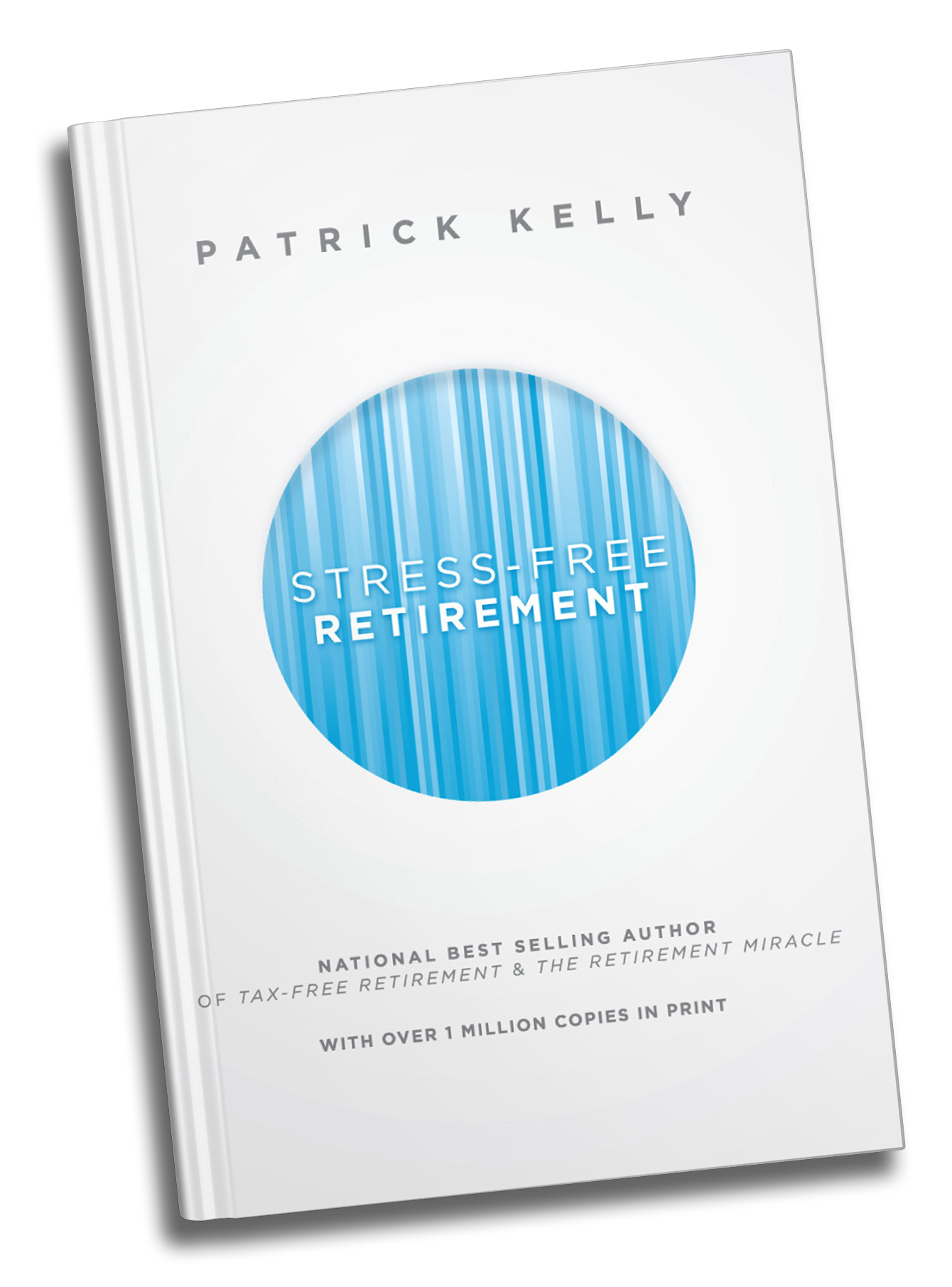
Though no one likes to think about it, as we age, we may not always be able to handle things on our own. When daily activities become too difficult, long-term care helps provide the assistance we may need with tasks such as bathing, dressing or eating. Though it isn’t covered by standard health insurance or Medicare, nearly 70% of Americans turning 65 may need some form of long-term care in their lifetimes, and 20% may require it for five years or more.[1]
How Much Does It Cost?
Costs of long-term care vary by type of care and location, but a private nursing home costs around $127,000 a year on average.[1] Assisted Living Communities average about $70,800 per year, and home health aides average a little more at $77,796.[1] These costs are rising annually, so making room in your financial plan for long-term care may be good not only for your physical health, but your financial health as well.
When to Start Planning
Financial professionals may say the ideal time to consider long-term care planning is in your 50s to early 60s. At that age, health underwriting still tends to be more lenient, and premiums are generally lower.[2] For example, a 55‑year‑old man might pay around $950 a year for a traditional long-term care policy providing $165,000 in benefits; a similarly situated 65‑year‑old may pay close to $1,700 for a policy of the same value.[1]
What Funding Options are Available?
Several financing strategies exist:
- Traditional long-term care insurance offers daily or monthly benefits for a specific period, often with optional inflation protection.[1]
- Hybrid or linked‑benefit policies combine LTC protection with life insurance or annuities and may offer a return of premium or death benefit if LTC is never needed.[1]
- Self‑funding is an option if you have substantial liquid assets—an advisor may suggest reserving a portion of your assets for this purpose, if applicable to your financial situation.
- Other tools include using a health savings account, qualified longevity annuities, or trusts to help manage risk and preserve legacy assets.[1]
Why Planning Matters, Even for Those Who Could Self‑Fund
High-net-worth individuals may think they can handle long-term care expenses, but planning is about more than dollars. Without a strategy, caregiving burdens may fall on spouses or children—affecting family relationships and quality of life.
Working with a financial advisor to help create a tailored plan for your future financial health can help preserve your inheritance and reduce caregiver stress while working to protect financial legacies.
What’s Next?
Whether you’ve been planning for a while or are just starting to think about your retirement, planning ahead can help align care decisions with your values and help instill confidence in your future. Reach out to us to discuss how we can help you get started on a long-term care plan as a part of your comprehensive, personal retirement strategy.
[1] https://www.kiplinger.com/retirement/long-term-care/how-to-pay-for-long-term-care
[2] https://www.kiplinger.com/retirement/in-your-50s-we-need-to-talk-about-long-term-care
The source(s) used to prepare this material is/are believed to be true, accurate and reliable, but is/are not guaranteed. This information is provided as general information and is not intended to be specific financial guidance. Before you make any decisions regarding your personal financial situation, you should consult a financial or tax professional to discuss your individual circumstances and objectives
SWG 4799619-0925



